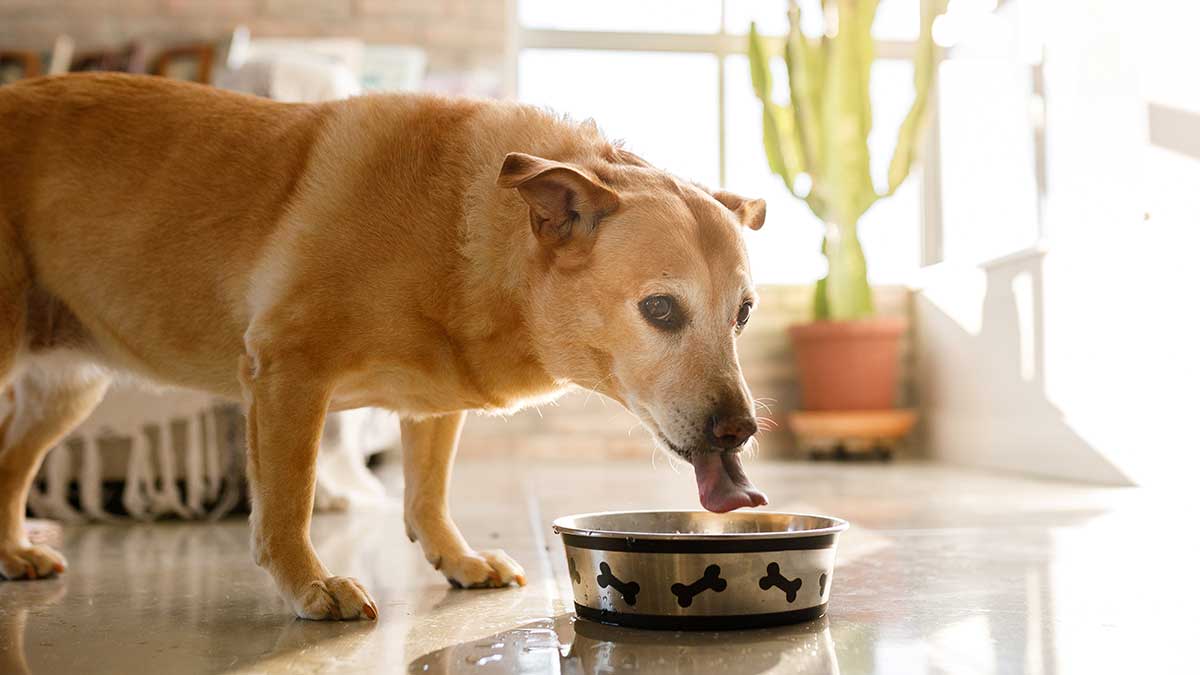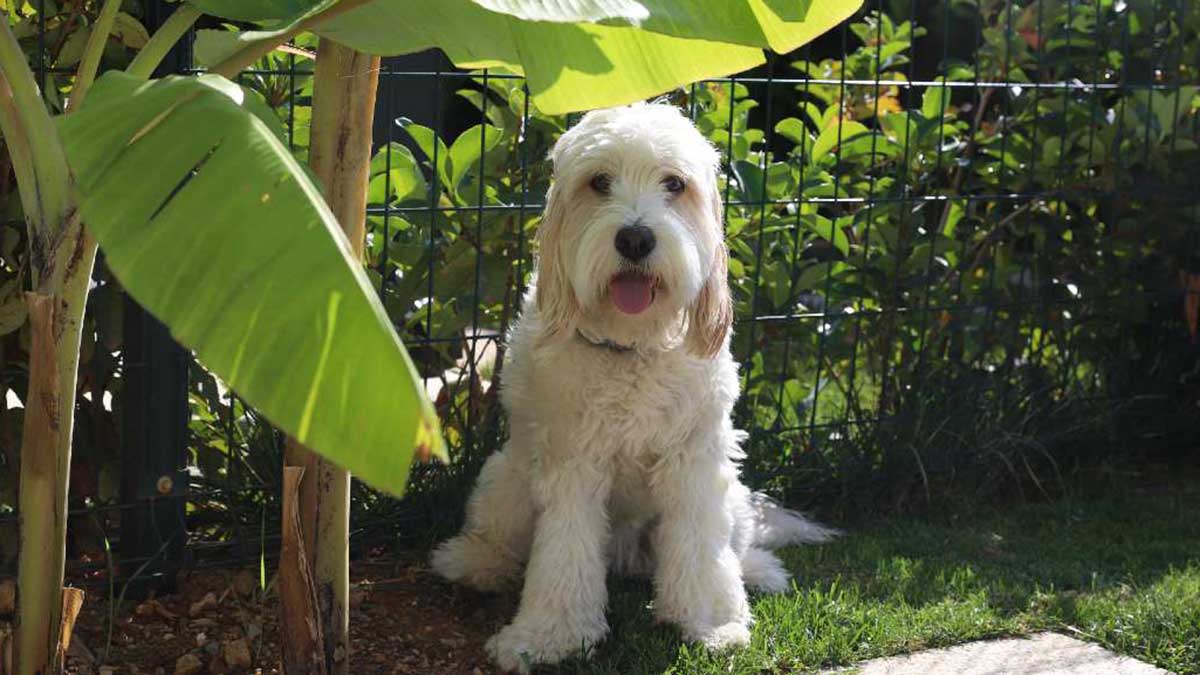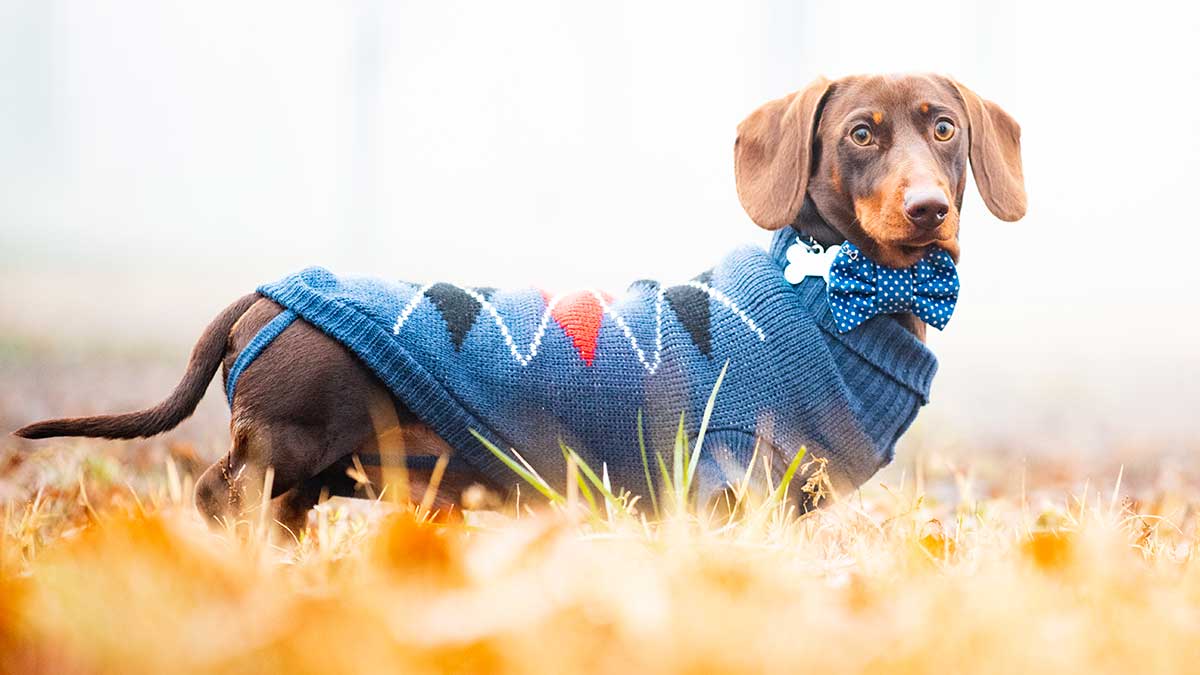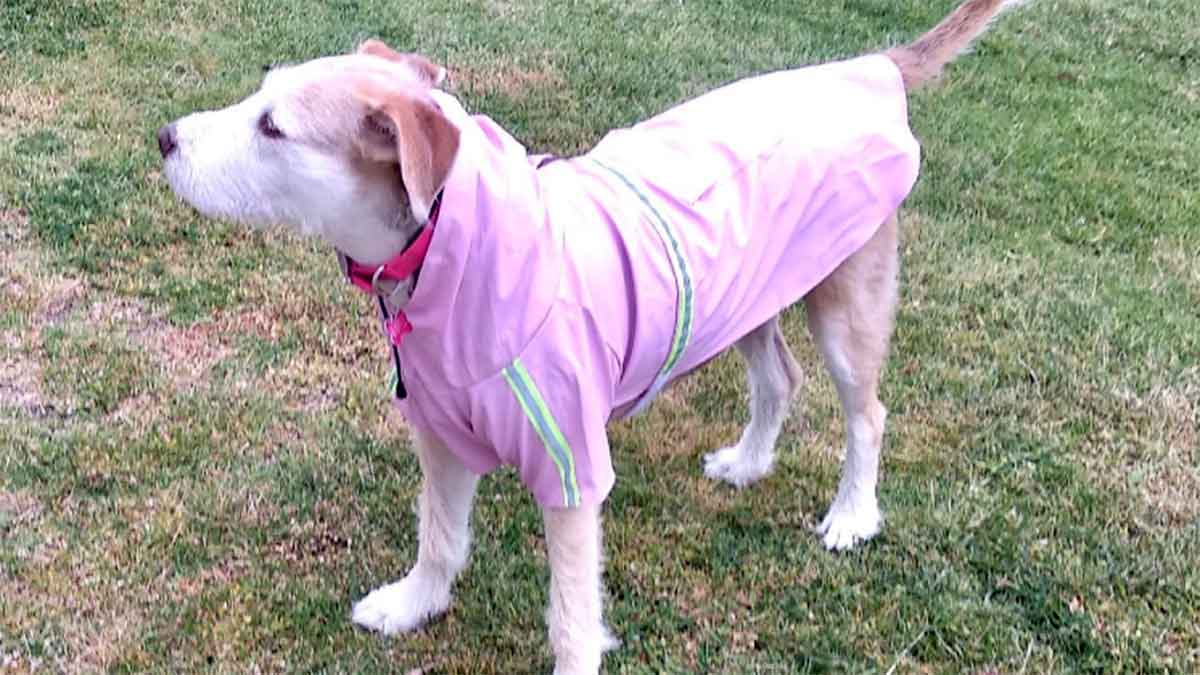Can’t bear the thought of leaving your four-legged friend behind these holidays? Follow these expert tips to keep them safe and happy.
Dr Katrina Warren on how to know when your dog is too hot or cold

Dogs love nothing more than going outside for a daily walk, but in the case of extreme weather, it might be best to check if your dog is too hot or too cold to make sure they stay safe.
Victoria is famed for its wildly fluctuating temperatures - and it's not just us humans that feel the effects.
Famed Australian veterinarian and TV presenter Dr Katrina Warren says there are ways to tell if your dog is too hot or too cold.
Whether its bodily movements, seeking shelter, or changes in temperature, here’s what to look out for to make sure your beloved family member is feeling the best they can be during extreme weather.
How to tell if your dog is too hot
What temperature is too hot to walk my dog?
Just as our pets can be affected by the cold, they also can suffer in extreme heat.
While many dogs love nothing more than lazing in the sunshine and frolicking at the dog beach, some dogs do better than others at coping with the heat. Just like humans, the less layers in summer, the better.
Dogs with thinner coats, short hair, or lighter-coloured fur such as greyhounds, chihuahuas, Australian cattle dogs, Airedales, and Yorkshire terriers, tend to fare better in the heat.
While different breeds, sizes and ages of dogs will have their own unique requirements, dogs can be affected by heat. If it is over 25 degrees, it is a good idea to do a sidewalk ‘test.’ Before heading for a walk, try and hold the palm of your hand on the pavement for five seconds. If it is too hot for you, it is too hot for your dog's paws to walk on.
How can I tell if my dog is too hot?
Dr Warren says there are signs to look out for to know if your dog is too hot or overheating. As well as “excessive panting and shortness of breath” she advises to look out for “excessive drooling, changes in gum colour or tongue (bright or dark red), elevated body temperature, increased pulse and heartbeat, and excessive thirst.”
How can I help my dog stay cool?
To try and avoid your dog overheating, Dr Warren says there are steps you can take to keep them cool and hydrated.
“Your dog must always have access to shade and freshwater,” she says. Ideally, she recommends that it is best to “keep your dog out of the sun between 11.00am and 3.00pm,” which are usually the hottest periods of the day. If it will be hot, she advises to “bring all pets indoors,” where they can stay cool and hydrated.
If you know in advance that it will be a hot day, she also says that it is best to either “walk your dog in the early morning or late evening” to avoid overheating.
Dogs in cars
In addition to the other legal obligations when driving with your dog, remember never to leave your dog in a hot car. The RSPCA refers to a study that found that the interior of a vehicle can climb from 20 to 44 degrees in the space of 10 minutes.
Just six minutes left in a hot car is all it takes for dogs to suffer heatstroke, dehydration, brain damage, or death.
If you accidentally lock your dog in the car, call RACV Emergency Roadside Assistance.
If you see an animal in distress in a hot car, the RSPCA recommends calling 000 immediately.
What should I do if my dog is overheating?
If your dog is showing signs of overheating, Dr Warren says that you should immediately move them “to a cool place and spray them with cool (but not cold) water.”
The aim is to cool your dog down, so she says you should also look to place them, if possible, within an air conditioned or fanned space. If your dog wears a muzzle, this should be wiped with cold water.
If your dog shows no signs of improvement, Dr Warren recommends taking your pet to your vet immediately.
How to tell if your dog is too cold
How cold is too cold for dogs?
Some breeds, such as Alaskan or Siberian huskies, are predisposed to colder weather. However, Dr Warren says that certain breeds with low body fat, such as greyhounds and whippets, “tend to feel the cold more.”
Dogs that are very small, are quite young, single-coated or much older may also “suffer more in the cold,” she says.
As a general guide, above seven degrees is considered safe for most breeds. If the weather drops to below zero, it is beginning to become unsafe for most dogs. Below minus 12 degrees, while unlikely in Australia, is considered life-threatening.
How can I tell if my dog is too cold?
Just like humans, dogs can get cold in the wintertime, and should be protected against ailments such as dry noses, frostbite, and hypothermia. While it may look cute to wrap your dog up in a raincoat or jumper to warm them up (and can help), there are certain ways to make sure your dog isn’t too cold, particularly during the winter months.
Dr Warren also recommends looking out for their behaviour. If your pooch is shivering or shaking, acting anxious or seeking warm places, it is a sign that your dog is too cold.
Generally speaking – if it is too cold for you, it is probably too cold for your dog too.
How do I keep my dog warm?
If your dog is showing signs of being too cold, just like winter warmers for humans, there are ways to warm them up.
Dr Warren recommends keeping your dog indoors and ensuring that their dog bed or where they are allowed to lay is elevated and away from any drafts. She also suggests adding an extra blanket into their bed to keep them extra cosy.
For those who like dressing their pets, you’re in luck – Dr Warren approves of “practical jackets” that supply warmth and don’t restrict movement.
As their paws are not protected by fur, you could also look into protective booties to keep their little feet nice and warm when they are playing outside.
Keeping pets safe and happy
Overall, make sure to look out for signs in behaviour that are not normal, and always ensure your dog has access to shelter and water in case of extreme weather.
If you are unsure, you can always visit your vet for the most up-to-date tips on your individual dog to ensure your best dog friend stays happy.








